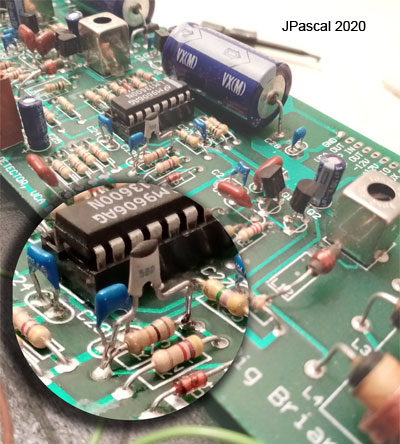Thank you Valery for your frank words. I think similar as a musician and look for the basics as a physicist.
The missed short attack effects have been overcome since the genuine solution of Dominik Bednarz for the volume control. Wished you could try it.
And: yes, it is a necessary add and the best new thing after many, many years of stagnation in theremin progressing! My volume attack response also can react very fast, without a change in any knobs. Only the hand movement acceleration decide between a slowly crescendo or a fast plug.
Maybe the new Claravox adsr function goes in that direction, but I suppose, Moog comes from the classical synthesizer world and so you have to change the response behavior and it is not the naturally hand movement, that the volume follows as you want express the loudness.


